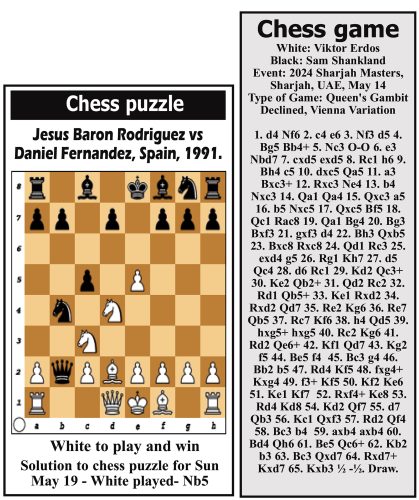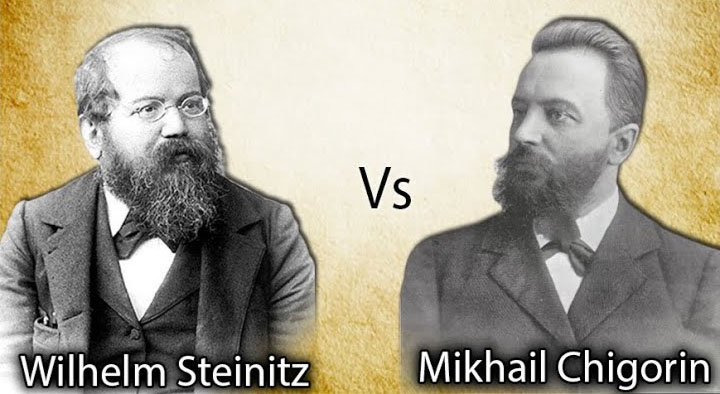
Blunders are most common among novice or amateur players. But anyone can make blunders, even grandmasters. Among the examples I examined in relation to grandmasters, I chose a blunder made in the World Championship match between Mikhail Chigorin and world champion Wilhelm Steinitz in 1892.

Experts have said a solid technique in chess is to create opportunities for your opponent to blunder. This is an important skill and it is not easy to acquire. Getting oneself into time trouble is in itself making a blunder. It affects a player in the long run. Chess players experience blunders owing to faulty thought processes, where we do not consider the opponent’s forcing moves. We must take into account checks, captures and threats before we venture forth with the selected move. Neglecting these possibilities leaves a player vulnerable to tactical errors.







